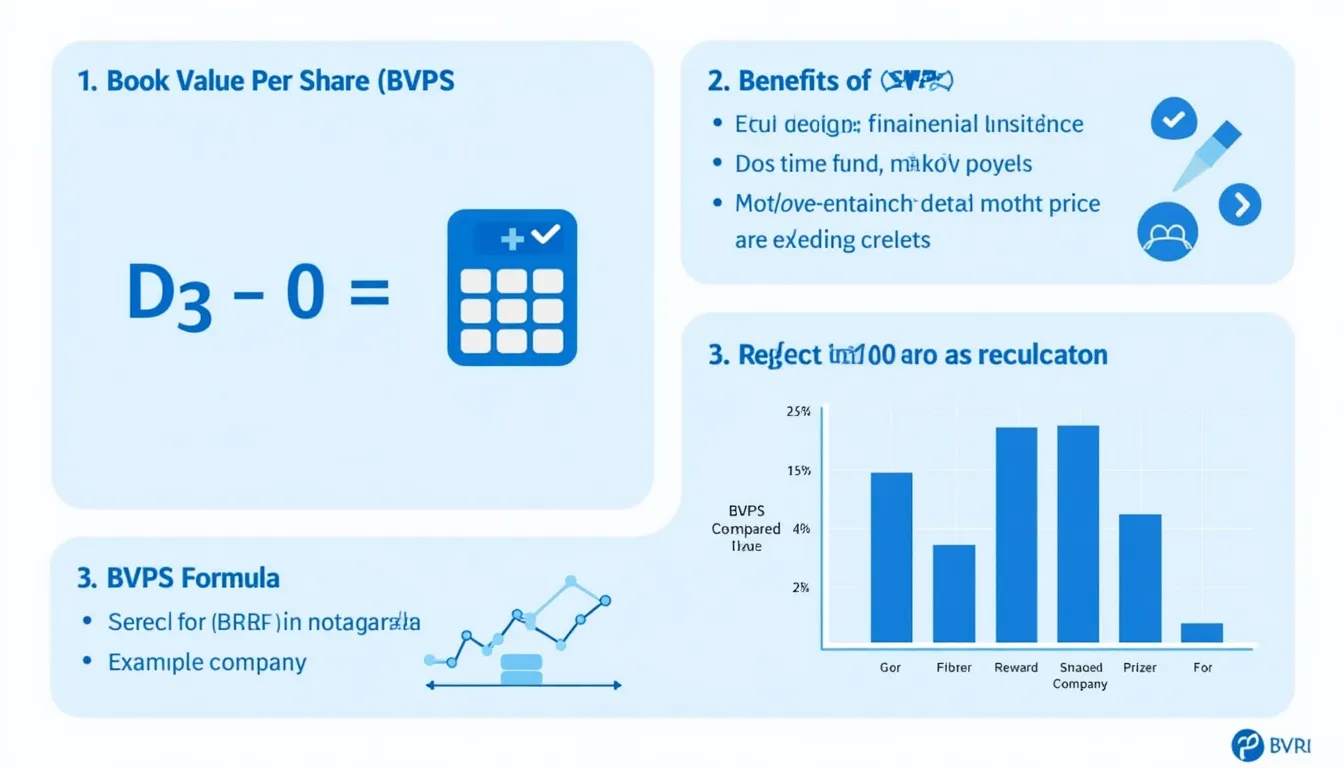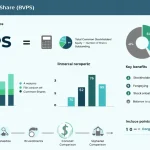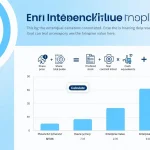Book Value Per Share Calculator
Is this tool helpful?
How to Use the Book Value Per Share Calculator Effectively
Our Book Value Per Share (BVPS) Calculator is built to help investors and financial enthusiasts quickly calculate the book value per share of a business. Follow these steps to use the tool efficiently and accurately:
- Enter the total stockholders’ equity in USD. For example, 1,500,000 or 2,750,000 in the input box.
- Provide the preferred stock value in USD. Sample entries could be 250,000 or 350,000.
- Input the average number of outstanding shares. Try inputs like 850,000 or 1,200,000.
- Click the “Calculate BVPS” button. The tool will instantly compute and display the Book Value Per Share below the form.
The resulting value reveals the net asset value attributed to each common share, offering vital insights into a company’s intrinsic value.
Understanding the Book Value Per Share Calculator: Definition, Purpose, and Benefits
The Book Value Per Share Calculator helps you determine the fundamental value of a company’s stock by calculating the Book Value Per Share (BVPS). This key financial ratio measures a company’s net asset value on a per-share basis by factoring in total stockholders’ equity, preferred stock, and outstanding shares.
The tool is invaluable for both novice and experienced investors aiming to:
- Assess the true value of stocks beyond market price fluctuations.
- Identify undervalued or overvalued shares for smarter investment decisions.
- Compare financial health among companies within the same sector.
- Track growth trends in equity value over time.
By calculating BVPS, you gain a clearer picture of what each share is worth based on tangible assets, helping you make informed, value-driven investment choices.
Book Value Per Share Formula
The formula to calculate BVPS is:
$$BVPS = \frac{Total\;Stockholders’\;Equity – Preferred\;Stock\;Value}{Average\;Number\;of\;Outstanding\;Shares}$$
- Total Stockholders’ Equity: The residual value after subtracting total liabilities from total assets.
- Preferred Stock Value: The monetary value attributed to preferred shares that have priority over common stock.
- Average Number of Outstanding Shares: The mean count of common shares actively held by investors during the reporting period.
Example Calculations Using the Book Value Per Share Calculator
Here are practical examples to demonstrate how the calculator computes BVPS for different scenarios:
Example 1: Evaluating an Emerging Company
- Total Stockholders’ Equity: $2,500,000
- Preferred Stock Value: $300,000
- Average Outstanding Shares: 500,000
Calculation: $$BVPS = \frac{2,500,000 – 300,000}{500,000} = \frac{2,200,000}{500,000} = 4.40$$
The Book Value Per Share is $4.40, providing a benchmark for investors to compare it against the current share price.
Example 2: Comparing Two Industry Leaders
Company X:
- Total Stockholders’ Equity: $8,000,000
- Preferred Stock Value: $1,000,000
- Average Outstanding Shares: 2,000,000
$$BVPS_X = \frac{8,000,000 – 1,000,000}{2,000,000} = \frac{7,000,000}{2,000,000} = 3.50$$
Company Y:
- Total Stockholders’ Equity: $6,500,000
- Preferred Stock Value: $500,000
- Average Outstanding Shares: 1,000,000
$$BVPS_Y = \frac{6,500,000 – 500,000}{1,000,000} = \frac{6,000,000}{1,000,000} = 6.00$$
Despite Company X having higher equity, Company Y shows a stronger book value per share, highlighting the tool’s usefulness in comparative financial analysis.
Key Advantages of Using the Book Value Per Share Calculator for Financial Analysis
- Efficient and time-saving: Instantly compute BVPS without manual errors or tedious spreadsheets.
- Accurate financial insight: Reduces the chance of miscalculations, providing dependable results.
- Accessible anytime: Use the tool online from any device with an internet connection.
- Beginner-friendly interface: Clear labels and helpful prompts make it simple for all users.
- Supports informed investing: Quickly gauge company value to support better investment decisions.
- Educational resource: Helps users understand the components and implications of BVPS.
Why the Book Value Per Share is Essential for Investors and Financial Analysts
Using the Book Value Per Share Calculator addresses a variety of common challenges faced in stock valuation and investment research:
1. Establishing a Reliable Valuation Benchmark
BVPS provides a clear-cut metric to compare a company’s intrinsic value versus its current market price, helping spot undervalued or overvalued stocks.
2. Refining Company-to-Company Comparisons
By calculating BVPS for multiple firms within the same industry, investors gain a straightforward tool to evaluate relative financial strength.
3. Tracking Growth and Financial Health Over Time
Monitoring BVPS trends helps identify whether a company is consistently building shareholder equity or facing underlying financial issues.
4. Assisting Merger, Acquisition, and Investment Decisions
BVPS acts as a valuable input in assessing fair company value during significant financial transactions or portfolio reallocations.
Incorporating the Book Value Per Share Calculator in Your Investment Strategy
The BVPS Calculator forms a vital part of comprehensive stock analysis, complimenting other metrics such as Earnings Per Share (EPS), Price-to-Book (P/B) ratio, and Return on Equity (ROE). Use this tool as part of your research toolkit to:
- Make well-rounded investment decisions based on fundamental company worth.
- Identify investment opportunities grounded in value rather than just market trends or speculation.
- Enhance your understanding of corporate financial statements and asset valuations.
- Evaluate company stability, especially during volatile market cycles.
Please remember that while this tool gives accurate calculations, investment decisions should always be made alongside professional advice and comprehensive financial analysis.
Important Disclaimer
The calculations, results, and content provided by our tools are not guaranteed to be accurate, complete, or reliable. Users are responsible for verifying and interpreting the results. Our content and tools may contain errors, biases, or inconsistencies. Do not enter personal data, sensitive information, or personally identifiable information in our web forms or tools. Such data entry violates our terms of service and may result in unauthorized disclosure to third parties. We reserve the right to save inputs and outputs from our tools for the purposes of error debugging, bias identification, and performance improvement. External companies providing AI models used in our tools may also save and process data in accordance with their own policies. By using our tools, you consent to this data collection and processing. We reserve the right to limit the usage of our tools based on current usability factors.







